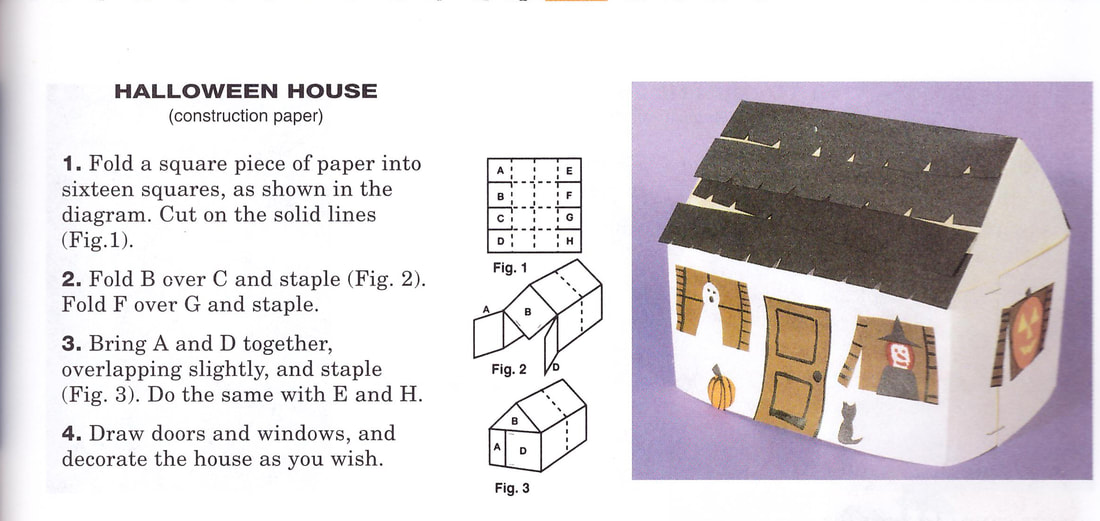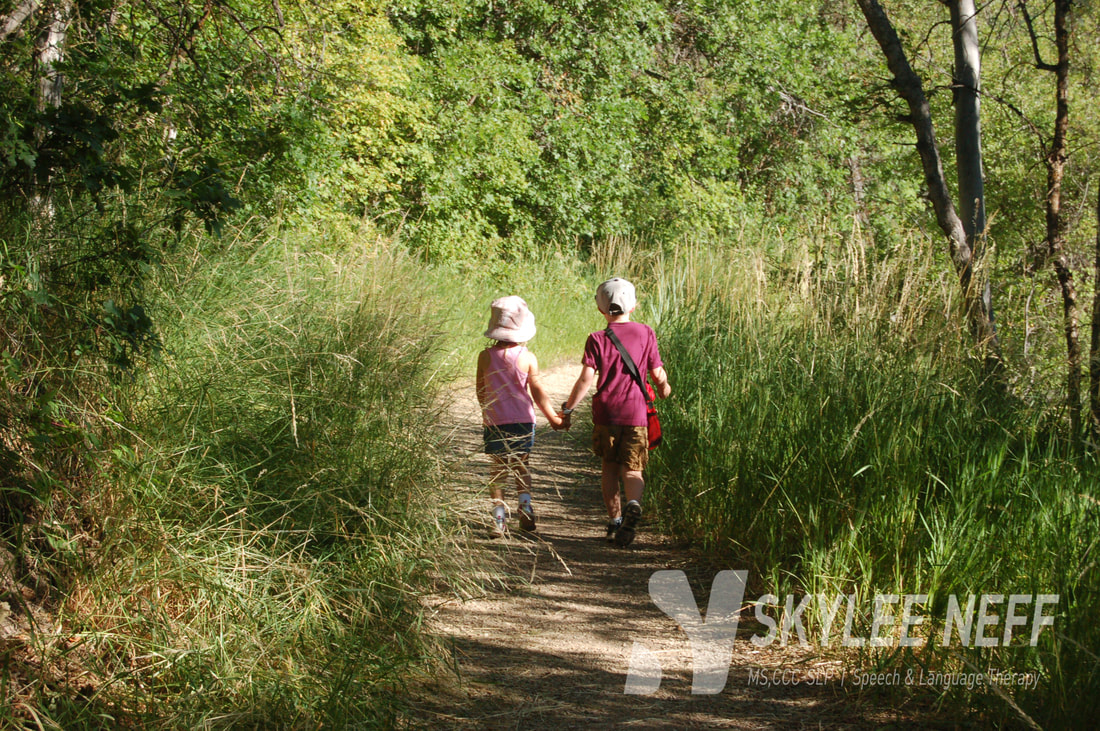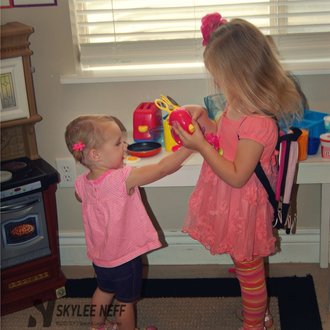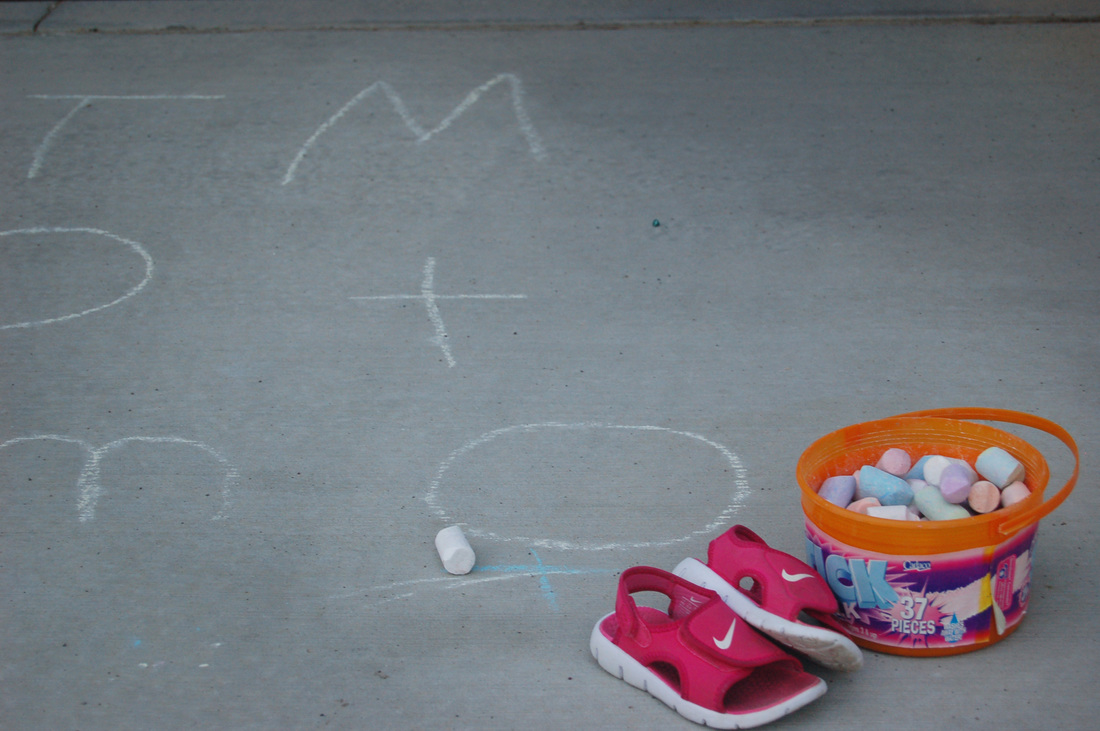Check it out! My first speech and language therapy video!!
I reviewed a new toy that I bought at www.smartfelttoys.com. For the month of April it is 20% off in honor of World Autism Awareness Month, use the Promo Code: WAAD.
Hooray for discounts on specialized SUPER AWESOME toys!!
I reviewed a new toy that I bought at www.smartfelttoys.com. For the month of April it is 20% off in honor of World Autism Awareness Month, use the Promo Code: WAAD.
Hooray for discounts on specialized SUPER AWESOME toys!!






 RSS Feed
RSS Feed
